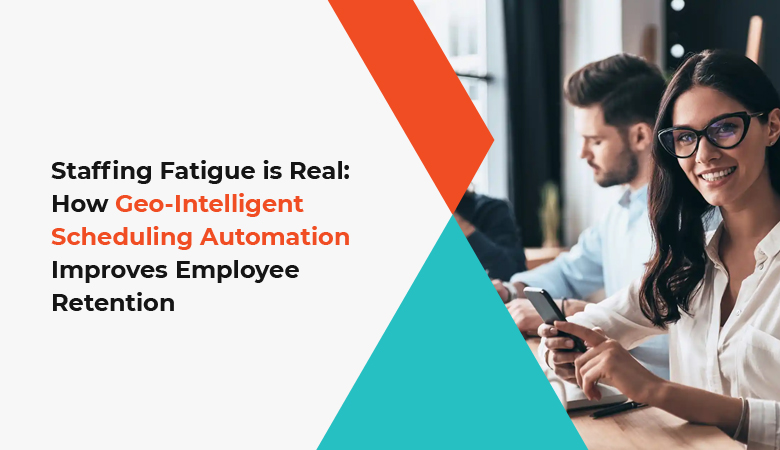Blog Posts


 By gigflexadmin
By gigflexadmin
 no comment
no comment
Staffing fatigue is a silent problem in all industries, such as healthcare, security, and event management, secretly disrupting service delivery and profitability. The constant rotation scheme of shift changes, call-ins, and inflexible schedules causes inactive teams and a high turnover rate.
It is not an issue of staff shortage; it is a matter of not having smart employee-sensitive scheduling.
In 2025, the most progressive organizations are leveraging geo-intelligent scheduling technology to reverse the trend. Staff location and preference combined with availability are intelligently aligned with operational requirements to create optimal schedules while lessening employee burnout and attrition at the same time.
Fatigue doesn’t show up on a balance sheet, but it shows up everywhere else:
In sectors that rely on shift-based workforces, poor scheduling is often the root cause. When sub-optimal schedules are built manually or reactively, employees feel like placeholders, not professionals.
A geo-intelligent scheduling platform uses location data, real-time availability, credentials, and workload balancing to build smarter rosters. But the real value lies in how it protects your team from the patterns that lead to exhaustion and disconnection.
Here’s how it works:
Assigning staff based on proximity to shift locations cuts down commute stress, one of the most overlooked contributors to fatigue. By auto-selecting personnel within a targeted geo-radius, platforms like GigFlex help reduce time lost in traffic and improve shift punctuality.
Long hours with inadequate rest breaks? It’s a fast track to burnout and compliance violations. Geo-intelligent tools track individual work histories in real time and prevent back-to-back shift stacking, enforcing rest regulations automatically.
When staff feel shifts are being handed out unfairly—or worse, randomly—it fuels dissatisfaction. Geo-aware scheduling platforms factor in:
This level of fairness and transparency builds trust, and trust is key to retention.
Emergency shift fills are a major stressor, both for managers and staff. With predictive tools and real-time alerts, geo-intelligent systems anticipate staffing gaps and proactively recommend the best-fit replacements, minimizing disruption.
In today’s workforce, mobile accessibility isn’t optional, it’s expected. With platforms like GigFlex, employees can:
A 2024 survey by the Workforce Institute found that over 60% of frontline employees would stay longer if they had more control over their schedules. Geo-intelligent automation gives that control—without compromising operational needs.
More importantly, it brings consistency, fairness, and clarity to a function that’s often chaotic and reactive.
Organizations that adopt these tools report:
And for companies struggling to attract and retain good talent, that translates directly to improved revenue, better service quality and reduced recruitment costs.
Retention strategy is not just about offering perks—it’s also about removing the friction that makes people quit. Geo-intelligent scheduling automation does just that by aligning human needs such as work-life balance with operational realities.
It’s not just a better way to schedule; it’s a smarter way to run your workforce.
Employee fatigue isn’t inevitable—it’s often a symptom of poor workforce planning. By investing in geo-intelligent scheduling automation, organizations can transform shift management from a pain point into a strategic advantage.
When people feel seen, supported, and scheduled with purpose, they stay longer, perform better, and become your best advocates.